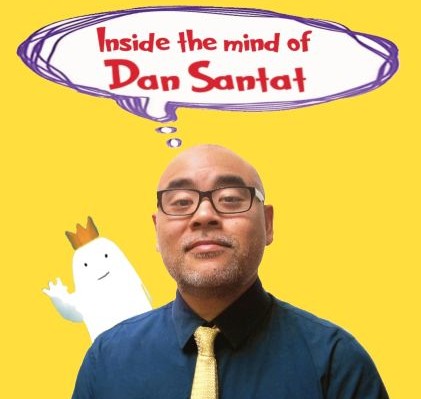
by PJ McIlvaine
SHAZAM! It’s a plane! A train! A speeding bullet!
No! It’s SUPER DAN — as in the prolific (a mind-boggling 40-plus books, with 5 books coming out in 2016) author/illustrator Dan Santat.
Super Dan does it all in kid lit, and in 2015 he added a 2015 Caldecott Medal to his prestigious resume for The Adventures of Beekle: An Unimaginary Friend, soon to be an animation feature film from DreamWorks. However, Dan would be the first to tell you that it wasn’t always so. His father wanted him to be a doctor, he almost gave up on his dreams for a steady paycheck at Google, and Little, Brown initially passed on Beekle. Dan is the real deal: candid, humble and down to earth. And he looks pretty good in a cape and tights.
PJ McIlvaine: How did majoring in microbiology become a springboard to becoming a 2015 Caldecott winner? Did you write and draw as a child? Did your family encourage your creativity?
Dan Santat: Depriving me of the opportunity to draw was what fueled me. My parents wanted me to become a doctor, but drawing was what I loved to do most in life. I was an only child and so I would spend hours copying pictures of comics that I liked. I remember I used to get mad at myself if I couldn’t get a drawing exactly right. I would write stories but they would start out with a basic greeting and then mostly evolved into pages of action scenes. My mom encouraged me most. She liked to help me win ribbons at the county fair every year, though my dad was worried that it would detract from me someday becoming a doctor.
PJ: How do your parents feel about your career choice now?
DS: They’re happy and proud of me, but I don’t think they truly fully understand what I’ve achieved. They understand that it’s significant, but I don’t think? they could?exactly explain to their friends in full detail what it means.
PJ: I understand you once turned down a job at Google to pursue your ambitions. Was that somewhat of a leap of faith?
DS: Absolutely. I had always felt the need to earn a steady paycheck because I was the type of person that always felt as if my career could go into the tank in an instant. The job offer came about a year after I had left a full time job at a video game company, I had my own cartoon show at Disney (The Replacements) and I was working at home after hours illustrating books and magazine editorials. I was doing fine, but I was constantly worrying about the negative. Google was a type of job that would have secured me financially, but I also realized that I would probably regret life if I didn’t get to see how far I could take my freelance career if I just focused on it solely and gave it a 110% effort. When I turned them down I kept the job offer (which I still have) and I remember telling myself, “Don’t ever let yourself regret this decision.”
PJ: How do you pick your projects or do they choose you?
DS: I get a good offering of projects but I choose the ones with an emotional hook or something that speaks to a reader on a deeper level. I try not to pigeonhole myself into taking the same projects over and over. Prior to Beekle, I don’t think I would even have gotten then chance to work on a deeper emotional type of project. For many years I was just getting funny manuscripts and cute animal stories. I had to show that I was capable of being more than that.
PJ: How do you decide which projects to collaborate on? Now that you’re on top of the heap, so to speak, do you have your choice of projects?
DS: Collaborations are usually presented to me with the author already prepared to present his/her material to a publisher. I don’t seek them or work with others actively to present a project. I wouldn’t exactly say I have my choice of projects either, but I do think my name is thrown into the mix more often. Even prior to winning the Caldecott Medal I was already working with well-known authors whom I admired and they were often opportunities that I knew I would be silly to pass up. Folks like Jon Scieszka, Dave Pilkey, Michael Buckley, Mac Barnett, etc.
PJ: How has winning the Caldecott for Beekle changed your life? What keeps you grounded? What does your son think of Beekle (he was the inspiration, correct)?
DS: I no longer feel like a “has-been” or a “never-will-be”. I always felt like my books were invisible to folks. This is the first time in my life where I have felt like folks are asking what I’ve got next up my sleeve. I’m grounded by the fact that I don’t ever want to settle on the success. I don’t want to look at Beekle as the peak of my career just yet. I want to feel that my books can be even better than that in the future. Then you’ll see a hot new artist with a great new style or a writer who can really string a great sentence together and you realize you still have a ton too learn. My son loves the book and the story behind the origin of it (a metaphor of his birth) but I think he’ll appreciate it much more when he’s an adult possibly reading the book to his own kids.
PJ: How did the sale of Beekle to DreamWorks come about? Was that on your dream list? How involved—-or not—will you be with the movie?
DS: Funny story is that Little, Brown actually passed on Beekle when I presented it to them. It was too rough for them to fully comprehend. DreamWorks met with me a few months later because they were fans of my earlier work and wanted to see what I was working on. I showed them sketches and told them what the story was about, and I think being face to face with someone just really made it clear as to what I had intended. Once Little, Brown learned that DreamWorks had optioned it they reworked it into my two-book deal that I had signed with them and also made it my first title. I never actively seek to have a book be made into a movie. I think doing so is insincere to the content. I make a book for kids to read, not to be a means to an end in hopes that it becomes something else. I’ve already had experience with my own cartoon show (The Replacements) and I wasn’t particularly fond of the process.
There are a lot of emotional highs and lows that come with putting a show together and I’m not really big on adding more stress to my life. I just try to make the best work I can possibly do. Right now, Jason Reitman is writing and directing this feature for DreamWorks and I couldn’t think of a better person to do the job. I’ve been a huge fan of his for years and he’s approaching the material from a place that’s personal to him, as well, so I know it’s in safe hands. I don’t want any involvement in the project. I think doing so will just muddle the process and I think I’ve already said all I’ve wanted to say with my book. Jason probably won’t make it exactly like my book and I don’t expect him to. If anything, I’m interested to see another artist’s interpretation of my work. That’s what making art is all about sometimes.
PJ: You’re comfortable in picture books, graphic novels, and TV animation—is there one genre you prefer over the others?
DS: I honestly think I’m best suited to making graphic novels. My voice lends itself better to a slightly older audience of kids. You also have more room to build emotion and a sense of pacing. The only problem is that they take years to produce, though I’m trying to change all that by creating more time in my schedule for my own works. Picture books are the hardest things to make. It’s about making a story as efficiently and economically as possible. They’re very easy to screw up and I don’t think people fully realize how delicate the balance is from making a good book, to a great book, to an awful book. It could just be a matter of changing a few words that can completely change the meaning or emotional arc of a story. TV is a completely different beast. In television you’re trying to please as many people as you can in order to get the most viewers and the content can become very homogenized.
PJ: How easy—or hard—is it to balance your work life and family life?
DS: You have your ups and downs. For me, I realized that I’ve been very intense with my career but I’m also the type of person who never wants personal life to suffer because of it, so I would often just work longer hours to offset the time I made for family. I always wanted to have my cake and eat it too but I never wanted anyone to feel deprived of their needs from me so I took the burden upon myself to try to please everyone by working harder both as an artist and as a parent (If that makes any sense). Now, I think my body took a toll from all the hard work I’ve done for the last ten years. I’ve been making efforts to find a new balance that I’m comfortable with, which has been hard for me. If I do too much then I get tired and stressed out. If I do too little then my mind gets anxious and I get depressed.
PJ: What comes first for you, in terms of inspiration, the prose or the illustrations?
DS: For me the concept is leaps and bounds the most important aspect out of the entire process. If you have a good idea then everything falls into place much easier, but coming up with a good idea can take years. It’s easily 80% of my entire book making process without having to draw a single image or write a single word. Now, to answer your question, my illustrations are good at setting a mood, but I feel my prose is good at delivering the emotion. One relies heavily on the other, but had it not been for my ability to illustrate I wouldn’t be where I am today.
PJ: Do you draw by hand or on a computer?
DS: I draw by hand on the computer if that makes sense. I paint textures traditionally with watercolors and pen and ink and then I scan them into the computer. Then I use the textures to incorporate them into my digital work. I have a whole hard drive filled with textures, which I’ve accumulated over many years. It’s been a long learning process.
PJ: Do you use a special drawing application on your computer? What kind of computer do you use?
DS: I use a five-year old iMac with Adobe Photoshop, and a Wacom drawing tablet.
PJ: How many drafts of a book/artwork do you do? Do you write/draw every day? Any rituals? How long does you it take you to complete a book?
DS: It depends on each project. Beekle was maybe over 10 drafts, but my newest book, Are We There Yet was only about two drafts. Some things just click into place and I’ll have it fully formed in my head in advance. I’ll work on something every day. Even if I don’t actually draw or write I’m thinking of something. As a ritual I’ll go for a jog and have a cup of coffee to really wake myself up. I listen to podcasts or audiobooks while I’m jogging to inspire me. I’m constantly juggling projects, sometimes five or more at once. I’ve worked on my graphic novel, Sidekicks, which took about five years and I’ve illustrated a picture book, Because I’m Your Dad, in 30 days.
PJ: From acceptance to publication on your first book—how long did it take? Any wisdom or tips you wish you had known?
DS: Two years, for me. Signed the contract, wrote and illustrated the book in about a year, and then it was a year of marketing by the publisher. Can’t really complain about the experience. I met my editor, Arthur Levine, at an SCBWI conference and he gave me a two-book deal on the spot, which kind of falls into the category of “Cinderella Story”.
PJ: You’re represented by Jodi Reamer of Writer’s House. How difficult—or easy—was it to secure representation?
DS: It’s tough when you never submit your work to an agency because you don’t think you’re good enough to be represented by them. I met Jodi through a friend who was repped by her and Jodi became familiar with my work because she is a Disney nut (she saw The Replacements). After leaving my old agent, my friend asked Jodi for me when I was looking and Jodi reached out to me by email. Jodi and I have been extremely close friends ever since.
PJ: If there were one thing about the writing/drawing process you could change, what would it be? Is there one you prefer over the other?
DS: I wish picture books could be longer than 40 pages without the publisher stressing out about it. I always feel like I could use an extra spread or two in every book I do to nail the pacing. I prefer drawing. I feel I’m a stronger illustrator than a writer, but I’ve improved on my writing tremendously in the last five years.
PJ: Do you multitask? If so, how many projects do you work on at one time? You’re so prolific, how do you keep your energy going?
DS: My entire life is a multitask. I would say I burned out three years ago but was too busy to realize it. I worked on 13 books in 2014 and I almost killed myself (I had one week where I slept for only 12 hours). Since then I had to seriously reflect on how I was living my life and I’ve tried slowing down, but as a result I’ve realized that I absolutely hate just sitting around. I even watch TV on the Internet while I work so I feel productive while I’m “relaxing”. The sad part is that I only took up jogging because it gave me more energy so I could work. The one word I could use to describe my work ethic is “ambition”, or maybe it’s just the fear of failure.
PJ: Do you ever get writer’s or artist’s block? And if so, how do you overcome it?
DS: I just had the worst case of writer’s block a few months after winning the Caldecott Medal. It’s frustrating because after winning an award like that you feel like everyone expects you to uphold that standard, you find yourself comparing everything you do to that award winning thing and you become very critical of everything you make. Previously, I would occasionally get small bouts of writers block and I would typically force myself to work through it. Honestly, the way I got my mind out of this recent big one was that one day Jodi called me and told me to take a month off. I just needed my brain to rest and after about eight weeks my mind started sparking with ideas again. It was a feeling that I realized I didn’t experience for about six years because I was so busy with life in general.
PJ: What was your favorite picture book as a child? Writers? Artists?
DS: Cloudy With A Chance of Meatballs was my favorite book ever. I’ve been a fan of folks like William Joyce, David Macauley, Chris Van Allsburg, and Bill Watterson for years.
PJ: You have a delightful presence on Twitter and Facebook. How important is social media to the budding writer/artist?
DS: Not at all unless you want to get to know folks. I will say it definitely helps things when it’s time to promote a new book, but I resent the folks who only use social media to sell you something. I talk about my family, and other interests with folks and recipes I’m trying out. What I’m trying to say is that social media won’t necessarily make you a better writer/artist, etc.
PJ: If you could gaze into a crystal ball, where would you be five years from now?
DS: If all goes well I’ll be at the DreamWorks premiere of the Beekle movie (fingers crossed) but still same old me with more achy joints and muscles, and gray hairs.
PJ: What’s a day in the life of Dan Santat like?
DS: I try to not take things too seriously. I like to keep my mind occupied by trying new things and making sure everyone around me is happy. If you’re having fun then everyone else will have fun. It’s one life to live, so let it be merry.
PJ: What are you working on now?
DS: I signed on to illustrate three picture books with three different authors and I’m working on my next two picture books, a graphic novel memoir, and another graphic novel adventure. Lots of traveling to events, too.
PJ: Is there a question you wish someone would ask?
DS: “Would you like an extra month to finish that book?”
See more from Dan on his Tumblr page at http://dansantat.tumblr.com/
PJ McIlvaine is a produced screenwriter/kid lit author/blogger/journalist. She lives with her family and Sasha the Psycho Cat in Eastern Long Island. In a previous life, PJ was a great baker of Europe. For kid lit, PJ is represented by Jessica Sinsheimer of Sarah Jane Freymann; for screenplays, Mark Lawyer of Markerstone Management.
Tags: author, caldecott, dan santa, illustrator, interview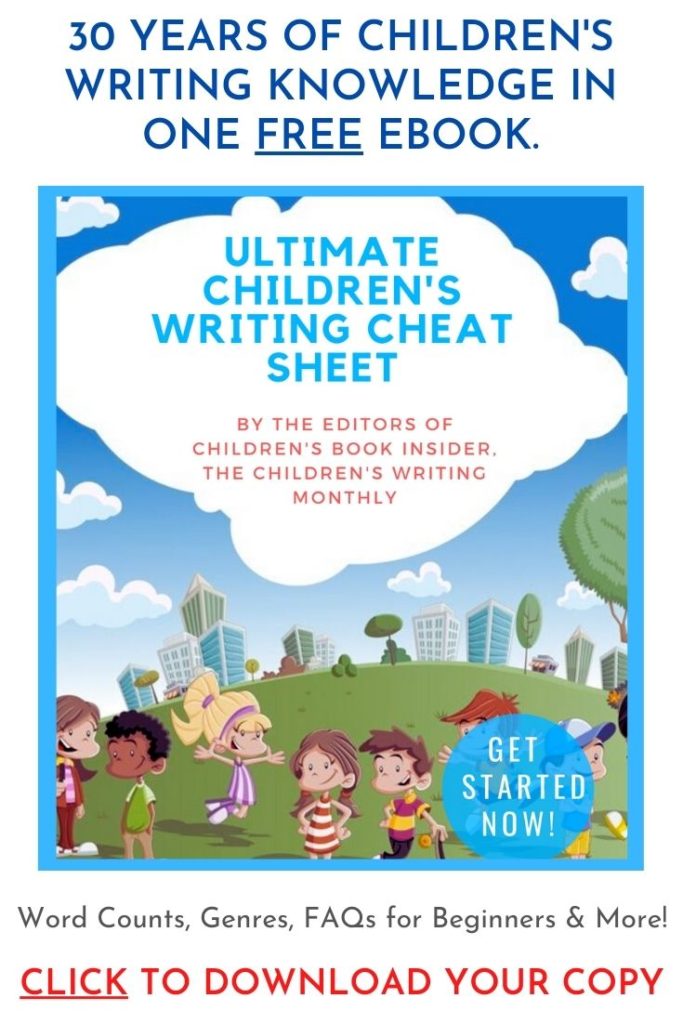
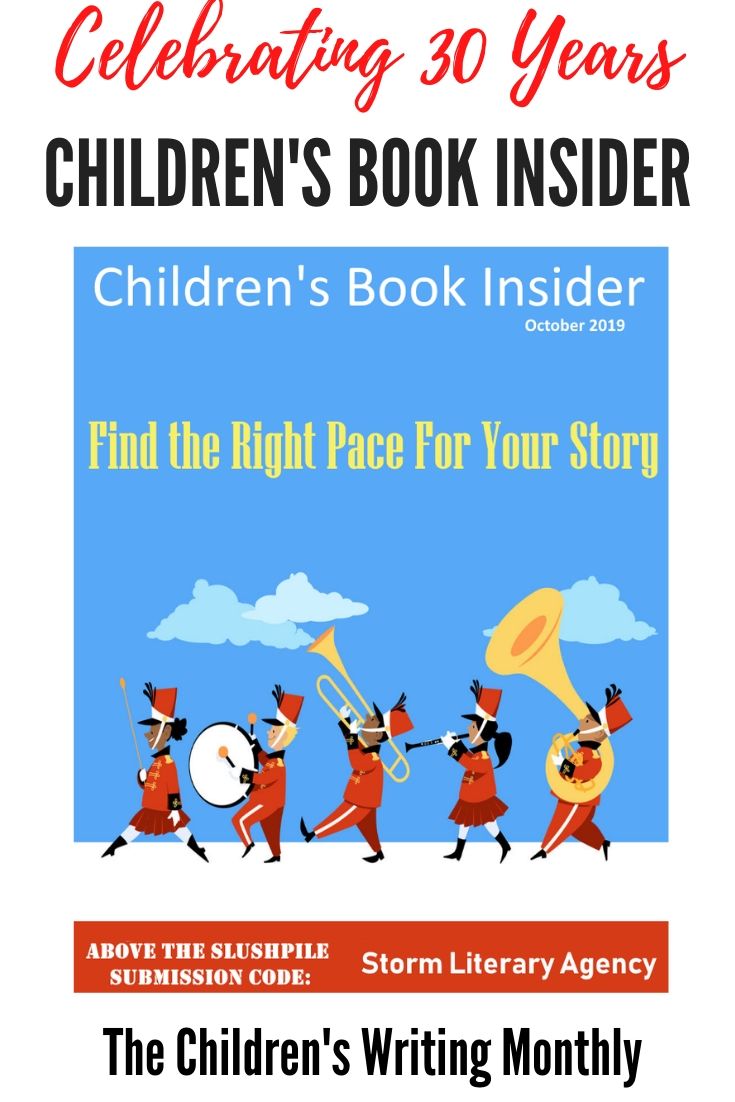
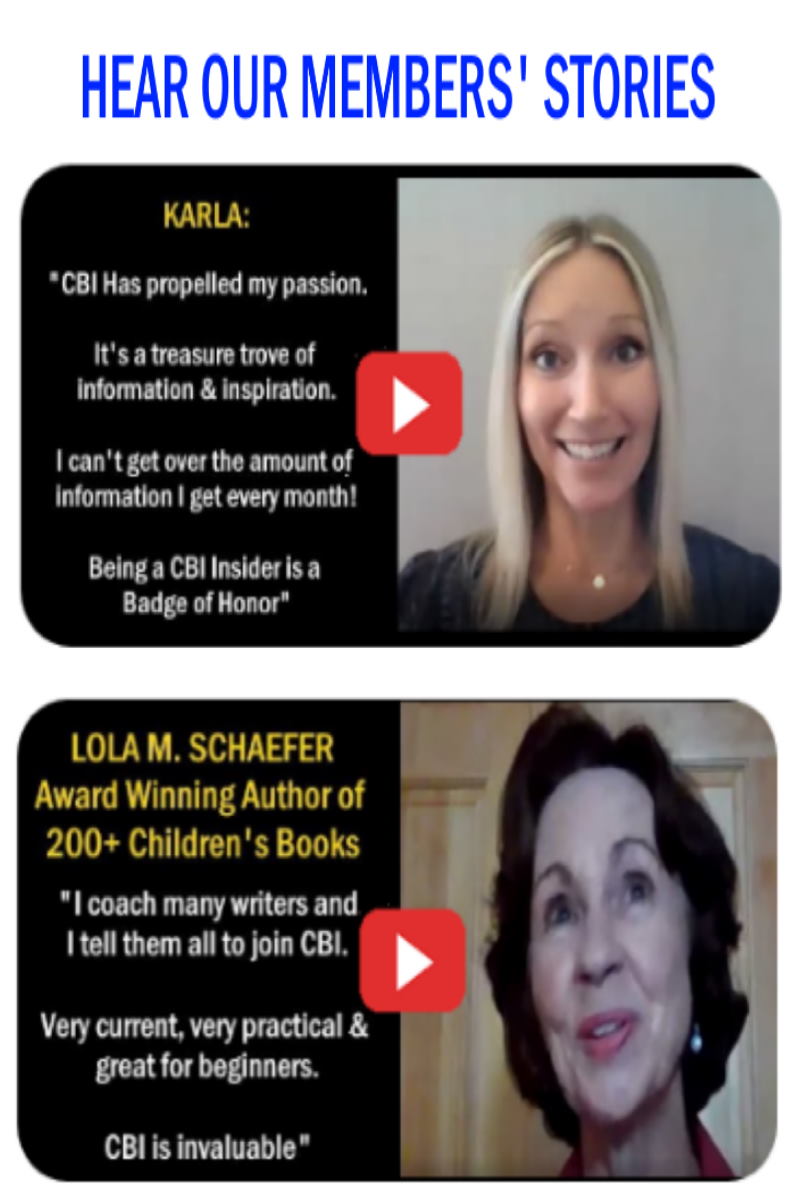
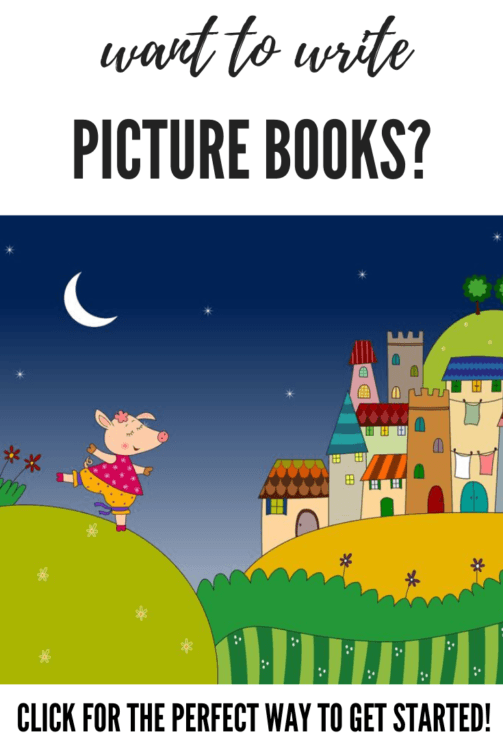


So good to peek behind the scenes with this prolific and talented author/illustrator. A treat to read!
Pj, excellent job, my friend. Your questions were as eye-opening as Dan’s answers. Loved the answer to the question he wished someone would ask. Will tweet this.
This actually answered my problem, thank you!